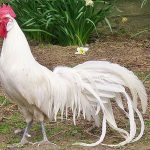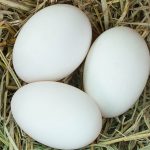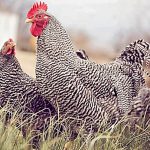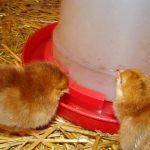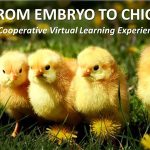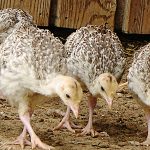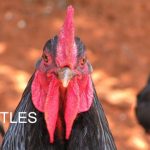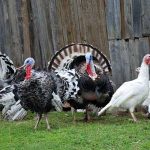
Many turkey breeds are available to choose from. Although turkeys are typically considered to be primarily meat birds, some of the heritage varieties have become popular in the showroom. In selecting the best breed for your particular situation, consider three basic criteria. Size Matters A dressed turkey must conveniently fit into your refrigerator while it […]
Continue Reading


